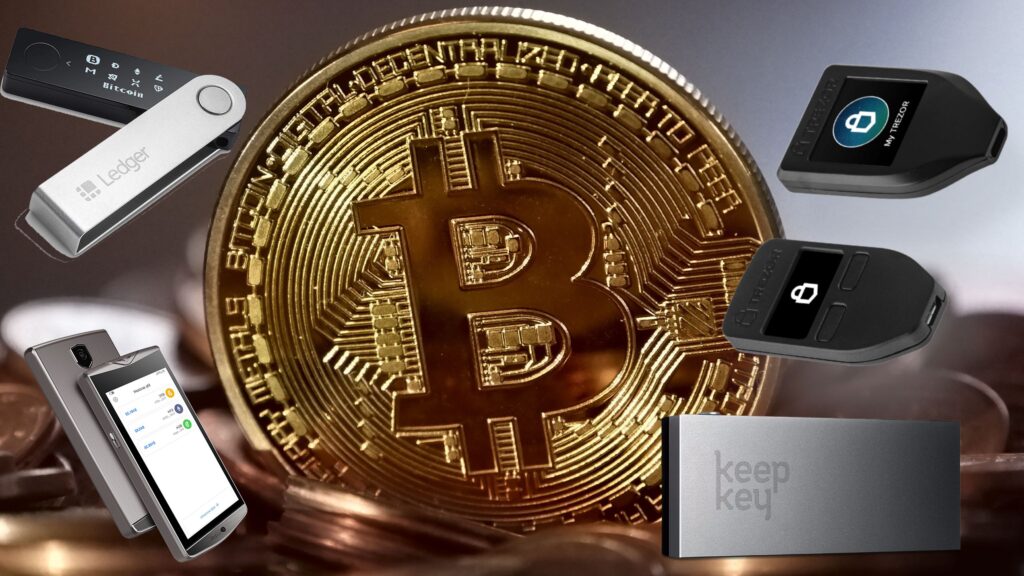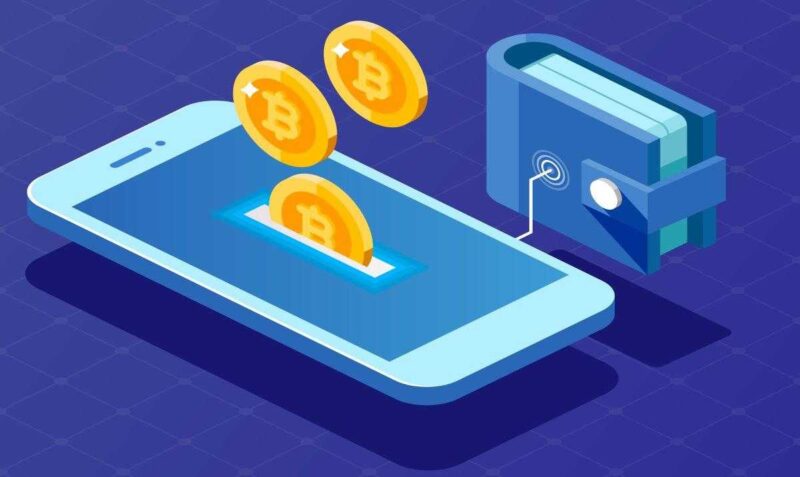Coin and token storage apps in the crypto-industry are the foundation — there are no middlemen here. At the same time, most of them are free. Nevertheless, building a crypto wallet will be a smart decision. Let’s understand the sources of their profits.
First, we should say a few words themselves: usually, they are free programs or mobile applications that allow you to work — store, send, receive and manage public/secret keys. In general, they all look quite primitive. So investors are actively asking how to build a crypto wallet.
Implementing such a startup is much easier than opening an exchange or even an exchanger from scratch. The main thing is to try to offer the market something new. To date, there are a fairly large number of interesting and original products. Many of them offer their users a unique experience. It is important to understand that it can be difficult for a novice startup to compete with other market participants.
After all, many projects are represented by exchanges and work for free. So before you decide to invest your money, it is important to make sure that you really have something to offer the industry.
Page Contents
Apps do not make a profit from transfers from one account to another

Before you decide to build a crypto wallet, one misconception has to be dispelled. There is an opinion that apps make a profit for the owner by deducting fees. It has caught on, because some exchanges charge withdrawal fees.
We, learning from our bitter experiences with the classical financial system, believe that any intermediary is bound to get its share. The fees charged by projects are fees for the services of the miners who register the operation with the registry. The platforms have nothing to do with mining (although they can act as a complete node in their own right).
But there are exceptions. You can use this monetization model to build a crypto wallet. Bitgo charges 0.25% of all incoming and outgoing payments in exchange for secure storage for business purposes. Bitgo is designed for large companies that need trusted storage of digital assets, not individuals.
Most projects earnings from affiliate agreements
To build a crypto wallet, you have to understand how it works. Partnerships are exactly their main earning principle (at least at the moment). Due to a large number of users and the wide range of uses, apps earn good affiliate rewards from third-party services.
The financials of the companies that decided to build a crypto wallet are unknown. However, it is safe to say that 90% of their revenue comes from one or more of the sources listed above.
The main problem with hardware

Hardware (or “cold storage”) usually has a fairly simple earning principle: the customer pays for them. Prices range from $50 to $300.
App production costs inexpensive (about $20), so the profitability of such projects is incredibly high, allowing for generous affiliate programs (e.g., Trezor offers a 10% cashback, like Ledger).
However, this model has one drawback: the disposability of purchases. Therefore, it is more reasonable to build a crypto wallet in the form of an application. The average customer is not tempted to change for a new one every year (unlike a smartphone). They buy a device (and a second one for backup), and that’s where their interest ends. In theory, manufacturers could no longer offer them anything new.
Developers are well aware of this, and embed links to all sorts of services in software, or try to enter new promising markets (like depository storage).
Hybrid / exchanges

Some apps allow you to buy coins and tokens, but unlike third-party integration, they work directly with an exchange.
For example, you can build a crypto wallet like Xapo (probably the biggest one at the moment). They allow you to buy bitcoins and ethers. You can offer more functionality. They receive commissions and sometimes earnings by converting regular currencies.
Some projects are completely uninterested
There are many popular apps that work on a pro bono basis. This is clearly not in your best interest if you are aiming to build a crypto wallet. However, their freebies usually have an impact on usability.
Other projects don’t need to care about profits because they raised a huge amount during their IPO and monetizing the service is not a priority for them.
Thus, projects depend either on income from affiliate programs or on one-time purchases by users. Affiliate programs can hardly be called a reliable basis for long-term growth: no one knows when they will be canceled.
How to build a crypto wallet and do they have a steady growth path?

It’s hard to answer that question yet. Eventually, every consumer will have their own app. These projects will occupy a significant niche in the industry the same niche that browsers or e-mail clients occupy on the Internet. That said, affiliate programs or even buy/sell are unlikely to be the basis for offsetting operating costs (quite significant).
In the future, there will be new revenue streams that will develop. It is hard to say what exactly they will be. Likely the profits will be related to consensus protocols and incentives paid to node operators. In any case, if you are planning to build a crypto wallet, it is more important now than ever.
There may also be additional revenues in the form of direct or indirect user fees since we are all used to paying for software and services. The existence of many non-gaming paid mobile applications suggests that this idea is workable. New banking models show that people are willing to pay for services that are worth it. Similarly, they will pay for decent and convenient meals.
The industry needs to evolve, but this process will only take place once fresh money is available, new rules are in place, and the economy moves to the next level. Projects are still in their nascent stage while being the fundamental basis.






